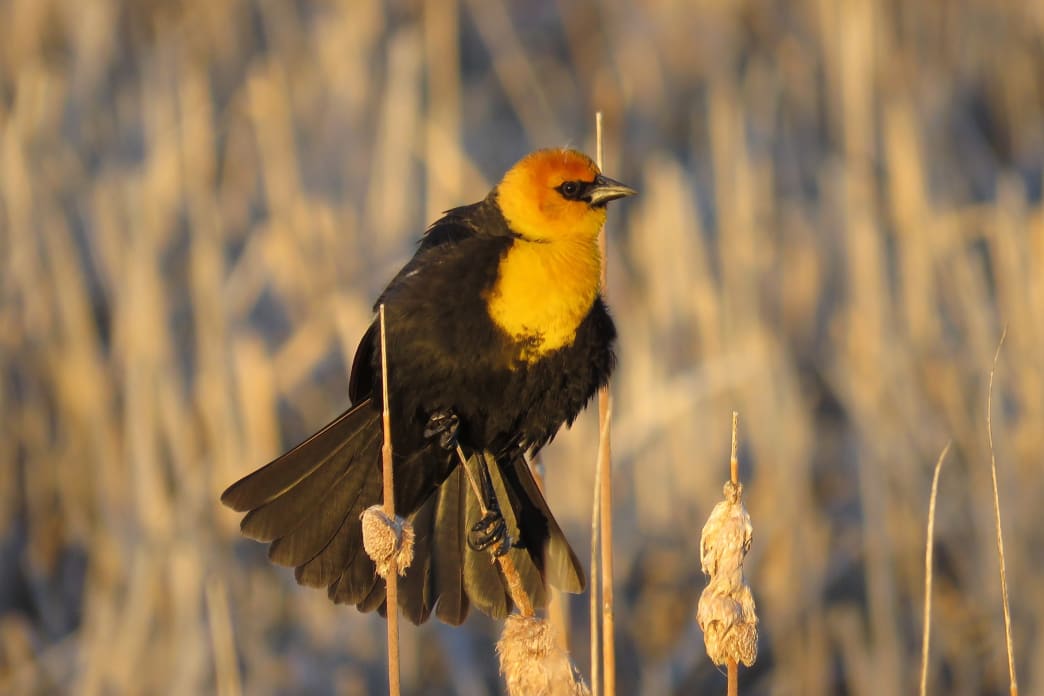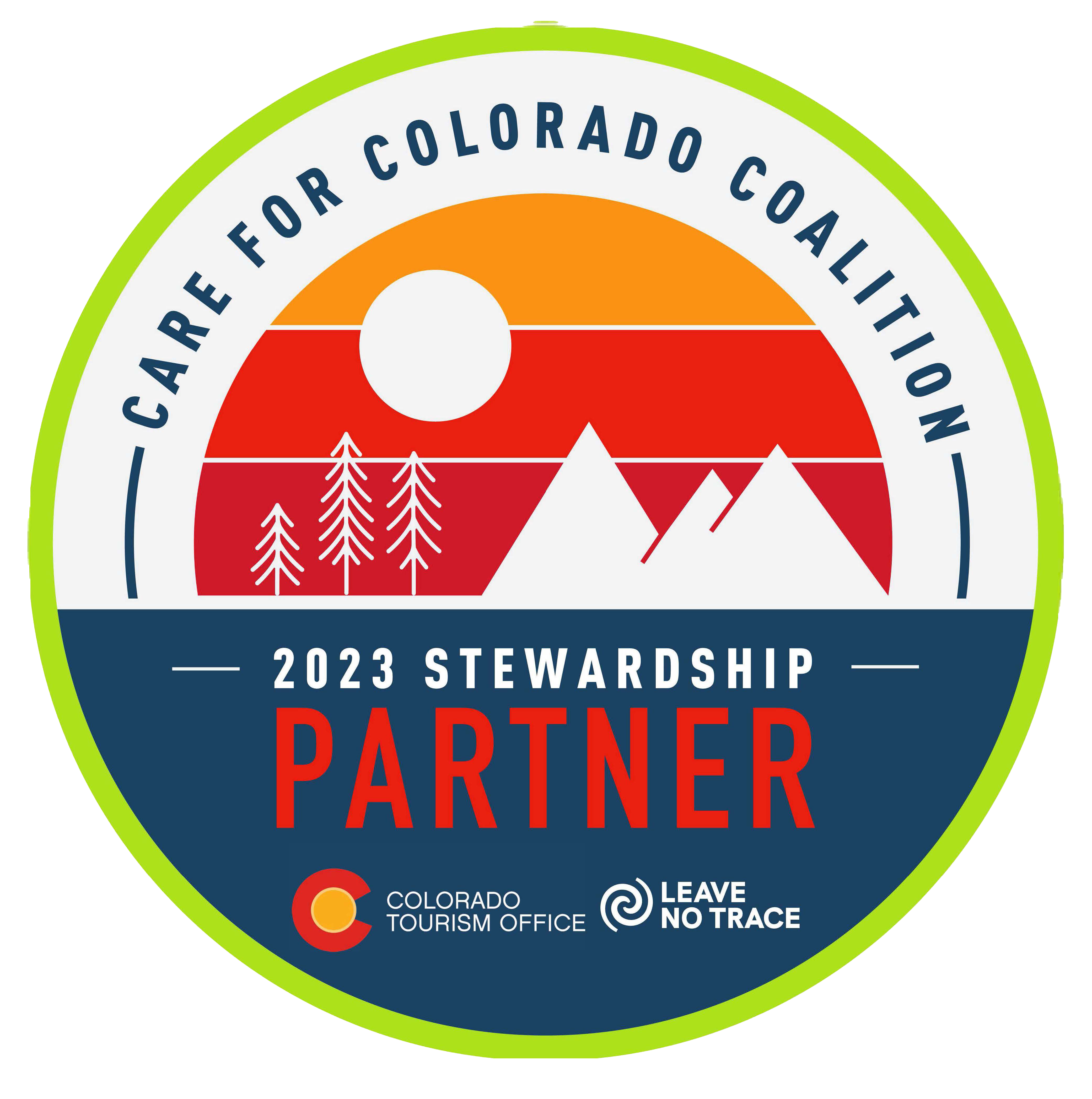Grab your binoculars and head out for a day of bird watching. But first, don't forget to pack a picnic lunch. There are great lunch options around Alamosa; both City Market and Safeway feature delicatessens, and plenty of other lunchtime favorites!
Blanca Vista Park
Just north of downtown Alamosa, bird lovers will be delighted to find such a beautiful open space and wildlife area practically right outside their hotel room door! Blanca Vista Park is a city-owned park dedicated to the development and management of water issues, the coexistence of recreation and ranching activities, weed control, planning, and other management issues.
Alamosa National Wildlife Refuge
Take Highway 160 East three miles east of Alamosa, turn right onto El Rancho Lane, and signs will lead the way to the Alamosa Wildlife Refuge (NWR). The Alamosa NWR includes 11,169 acres of wetlands of various depths and sizes located primarily within the Rio Grande River flood plain. The natural wet meadows, river oxbows, and riparian corridors support high wildlife diversity including songbirds, water birds, raptors, deer, beaver, and coyotes. Birds to be spotted on the refuge include, ducks, geese, sandhill cranes, avocets, ibis, and herons. Even when winter "icebox" conditions set in, eagles, hawks, owls, and some waterfowl can be seen.
The refuge offers both self-guided auto and laking tours. Plan your Wildlife Refuge adventure with the map found here.
Blanca Wetlands
After leaving the Alamosa Wildlife Refuge, head west back into town and catch State Highway 17 north out of Alamosa for 5 miles.Take a right on road 2 S for approximately 6 miles to the wetlands. Wells, dikes, islands, ponds and wet meadows are intermingled throughout the area, This diversity gives the Blanca Wetlands a unique blend of habitat features important for wildlife. This area is ideal for birding, with an organized, watchable-wildlife viewing area that is handicapped accessible and has parking and restrooms. The wetlands are closed in spring and early summer for nesting, so make sure you check with the NWR website before heading out there.
Russell Lakes State Wildlife Area
After your birding adventure at the Blanca Wetlands, head back south, the way you came in, but when you reach Hwy 17, take a right to the north and travel for about 15 more miles to Hooper. At Hooper, take a left heading west for another 15 minutes or so until you reach State Highway 285. Take a right and head north for 12 miles and Russell Lakes will be on your right. The most extensive bulrush marsh in Colorado, Russell Lakes represents one of the few remaining large, high-altitude, alkaline marshes in the southern Rocky Mountains. The site supports large numbers of flora and fauna and is an outstanding resting and breeding site for waterfowl. There is plenty of parking and a great wooden boardwalk which takes you out over the marsh for excellent viewing.
Monte Vista National Wildlife Refuge
Wrap up your birding excursion nearly fully circling the valley with a stop at the Monte Vista National Wildlife Refuge. From Russell Lakes State Wildlife Area, travel highway 285 south for approximately 30 miles through the town of Monte Vista to the refuge. The artificially created wetlands on Monte Vista NWR's 14,804 acres are intensively managed to provide habitat for a wide variety of waterfowl and other water birds. Mallards, pintail, teal, and Canada geese are common, as are American avocets, killdeer, white-faced ibis, egrets, and herons. Irrigation canals and wells provide precious water to maintain important wetland habitat. There are various pull-offs located and mounted spotting scopes along the public roads adjacent to the Monte Vista NWR that offer wildlife viewing opportunities and information.







